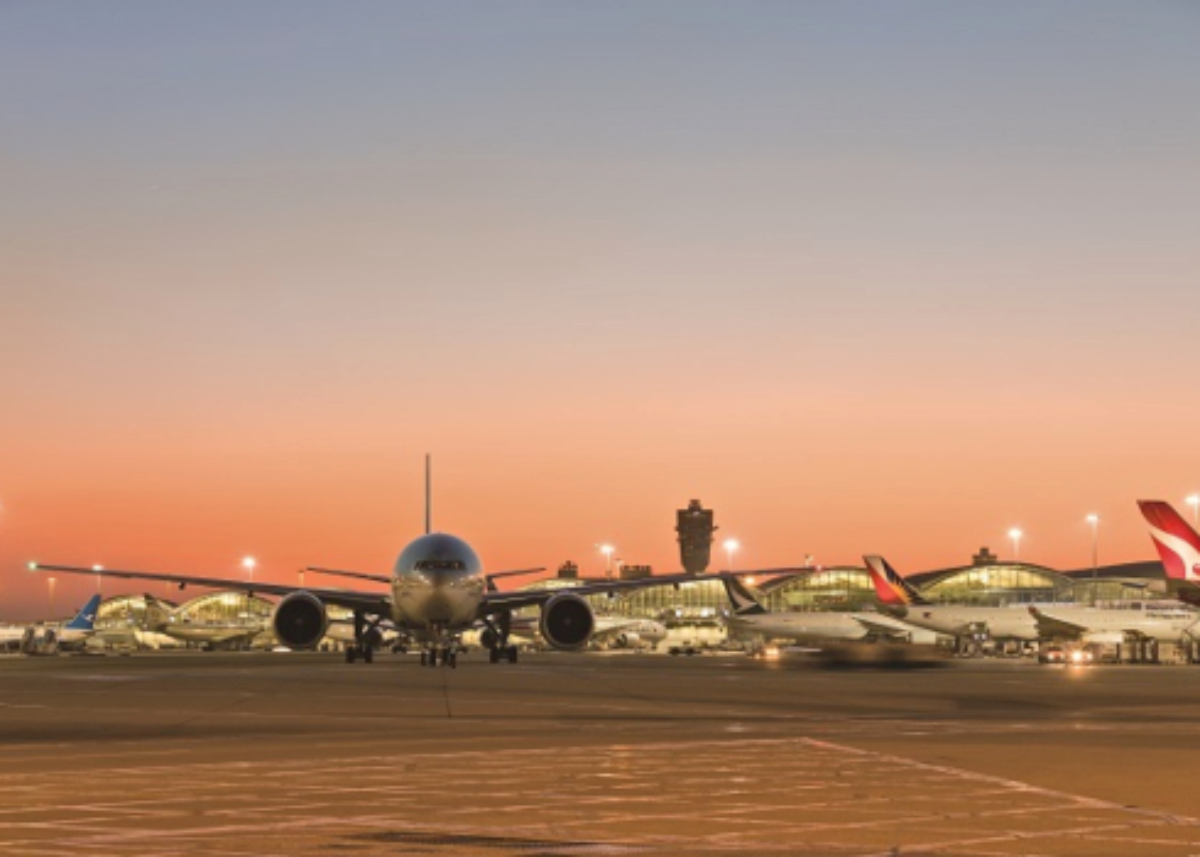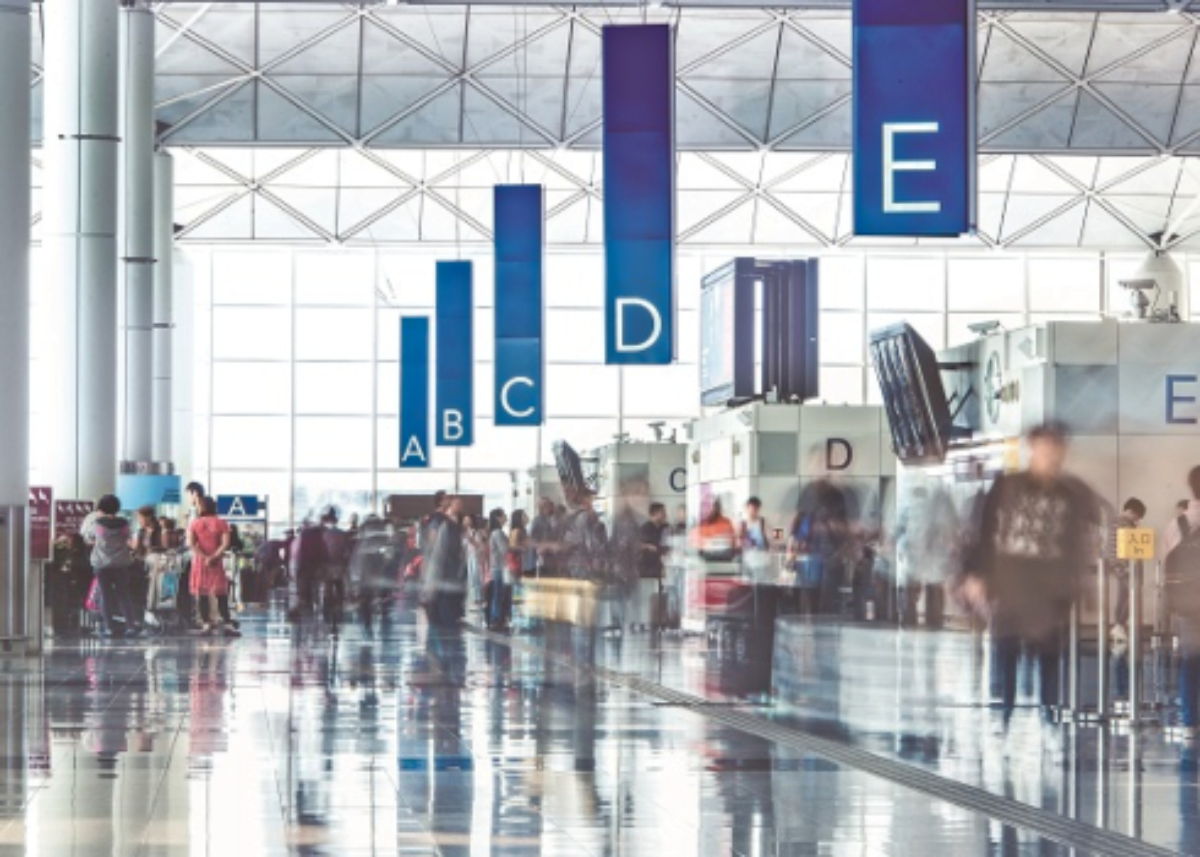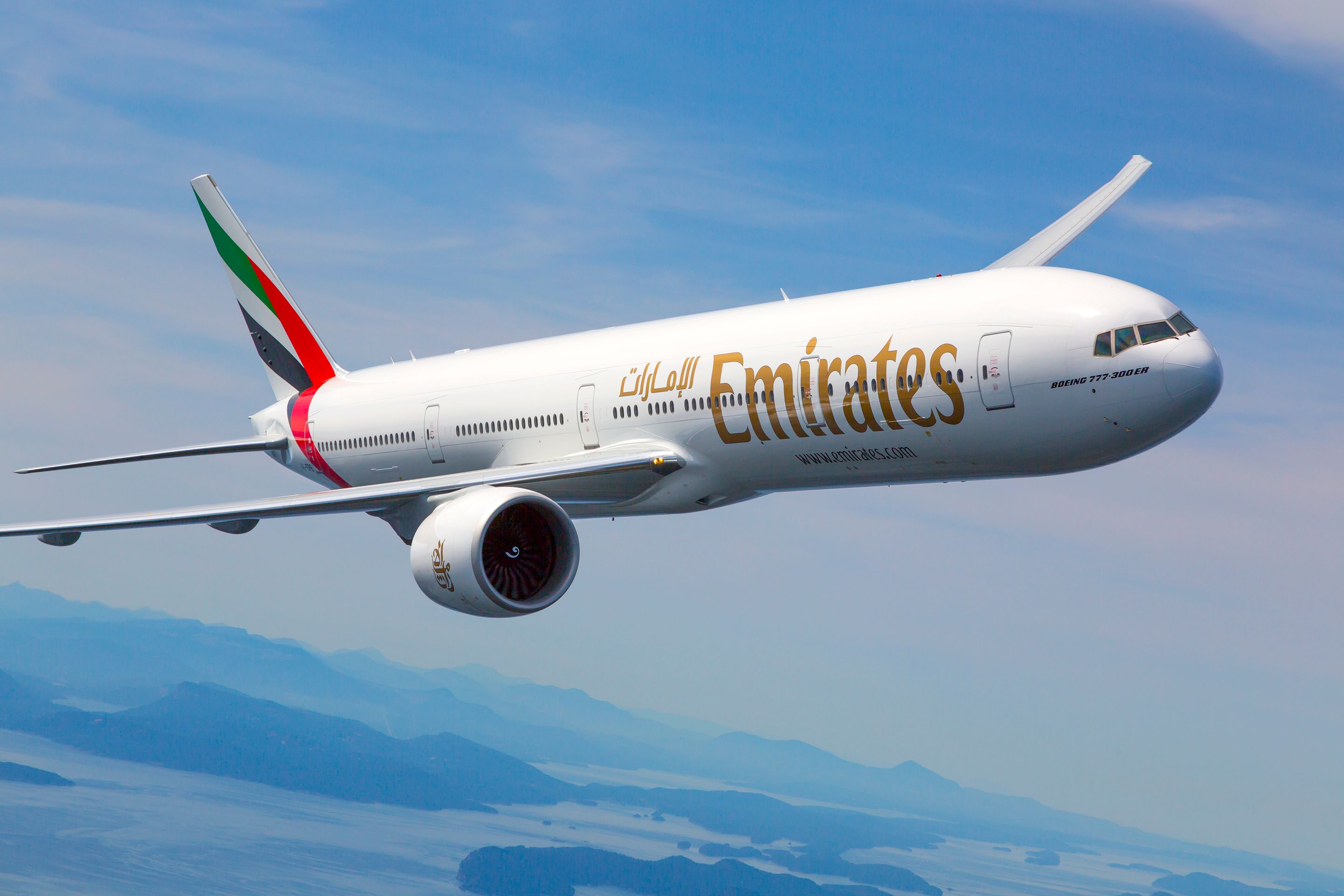Hong Kong Airport faces an uphill battle to recover its global aviation hub status, says the boss of the International Air Transport Association (IATA). With Hong Kong authorities continuing to temporarily ban flights from certain airlines and ongoing isolation requirements in place, Hong Kong airport is falling off the map as people start planning and booking flights again.
IATA boss says it will be difficult for Hong Kong Airport to recover
The Director-General of the airline trade group IATA, Willie Walsh, told a press briefing last week that Hong Kong Airport was "off the map now" and would be difficult for the airport to recover.
"Hong Kong can (be an aviation hub again), but it's going to be a real challenge. Hong Kong has lost ground to a number of other hubs, who will have taken significant advantage of the problems in Hong Kong.
"Hong Kong is always going to be an important market, but it's not going to spring to mind for a lot of passengers when they're looking at how they'll travel unless they are specifically traveling to Hong Kong.
"Hong Kong as a hub option? I think it has certainly slipped down the list significantly as a result of what's happened there in the last two years."
Hong Kong International Airport's latest passenger traffic figures cover February. In that month, the airport handled 86,000 passengers. In contrast, in February 2019, Hong Kong International Airport handled 5.89 million passengers. In an understatement, Hong Kong International Airport says passenger numbers remain "significantly down on pre-pandemic levels."
Passengers (and airlines) look elsewhere for a transit port
Since the pandemic began, Hong Kong's borders have remained closed to nearly all non-citizens/permanent residents. Hong Kong also began enforcing an extremely strict quarantine and self-isolation regime. In a small step forward late last month, authorities reduced the hotel quarantine requirements for travelers from nine countries from 14 days to seven days.
But many competitor airports in the region, particularly in Southeast Asia, are located in countries that have relaxed entry restrictions for fully vaccinated travelers. Singapore's Changi Airport, Kuala Lumpur International, Bangkok's Suvarnabhumi Airport, Manila's Ninoy Aquino International Airport, and Ho Chi Minh's Tan Son Nhat International Airport are all located in nearby countries that have reopened for business, whereas Hong Kong remains mostly off-limits.
Even if you come from one of the nine countries acceptable to Hong Kong authorities, the prospects of seven days of hotel quarantine aren't pleasant. Underscoring everything is a more authoritarian regime in Hong Kong that is changing the city's longstanding legal, financial, and social frameworks.
Flight bans not helping
Further eroding Hong Kong's status as a global hub is the willingness of Hong Kong authorities to ban flights from selected airlines after that airline is found to have flown in a passenger who tested positive for COVID-19. Earlier this month, Singapore Airlines, Emirates, Cathay Pacific Airways, Qatar Airways, Korean Air Lines, and Malaysia Airlines all got one week of flight bans. Emirates has been the hardest hit this year, with Hong Kong authorities suspending Emirates services for a total of 77 days so far. The suspensions occur despite public health officials, rather than the airlines, being responsible for pre-departure testing in the origin countries.
Besides this being a case of shooting the messenger, airline insiders say the high risk of Hong Kong flights getting arbitrarily canceled erodes confidence among the traveling public. Like Willie Walsh, they argue passengers will simply bypass Hong Kong as a transit airport in favor of more open and reliable airports in the region.



